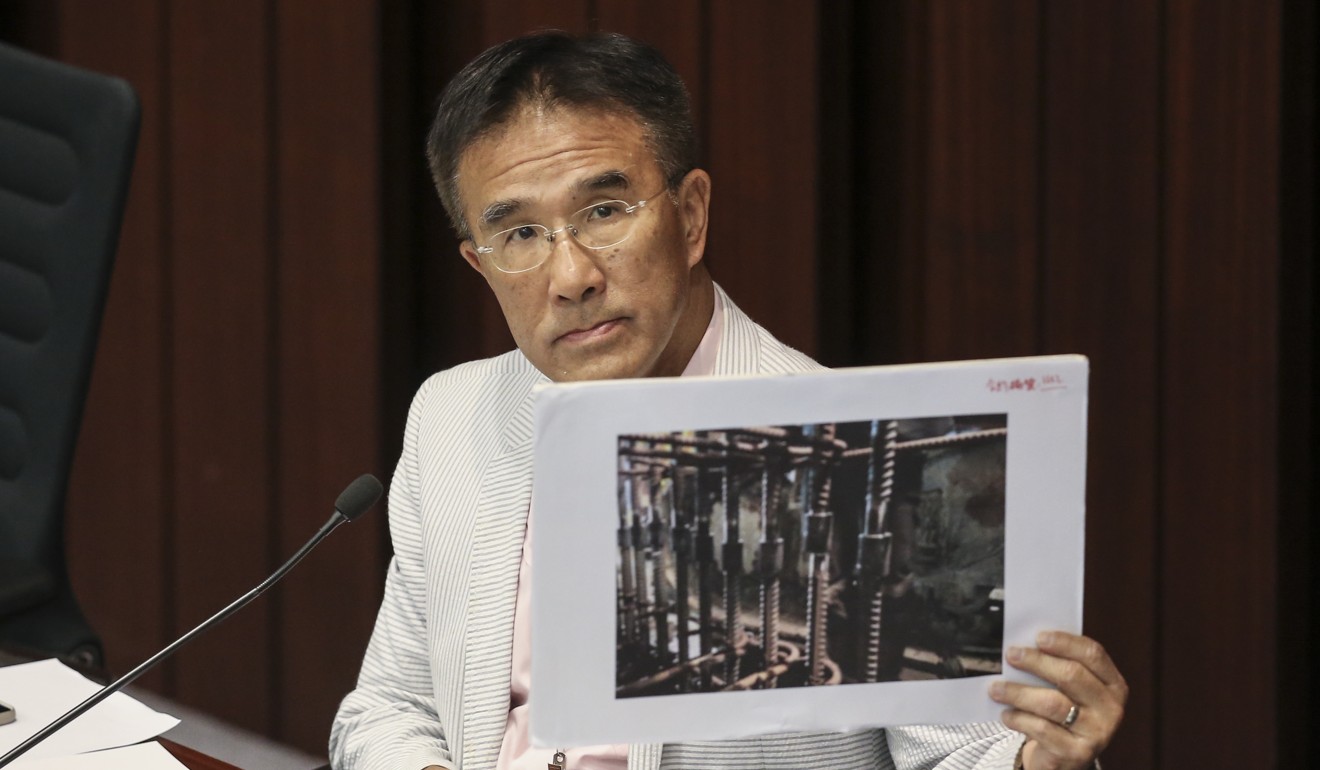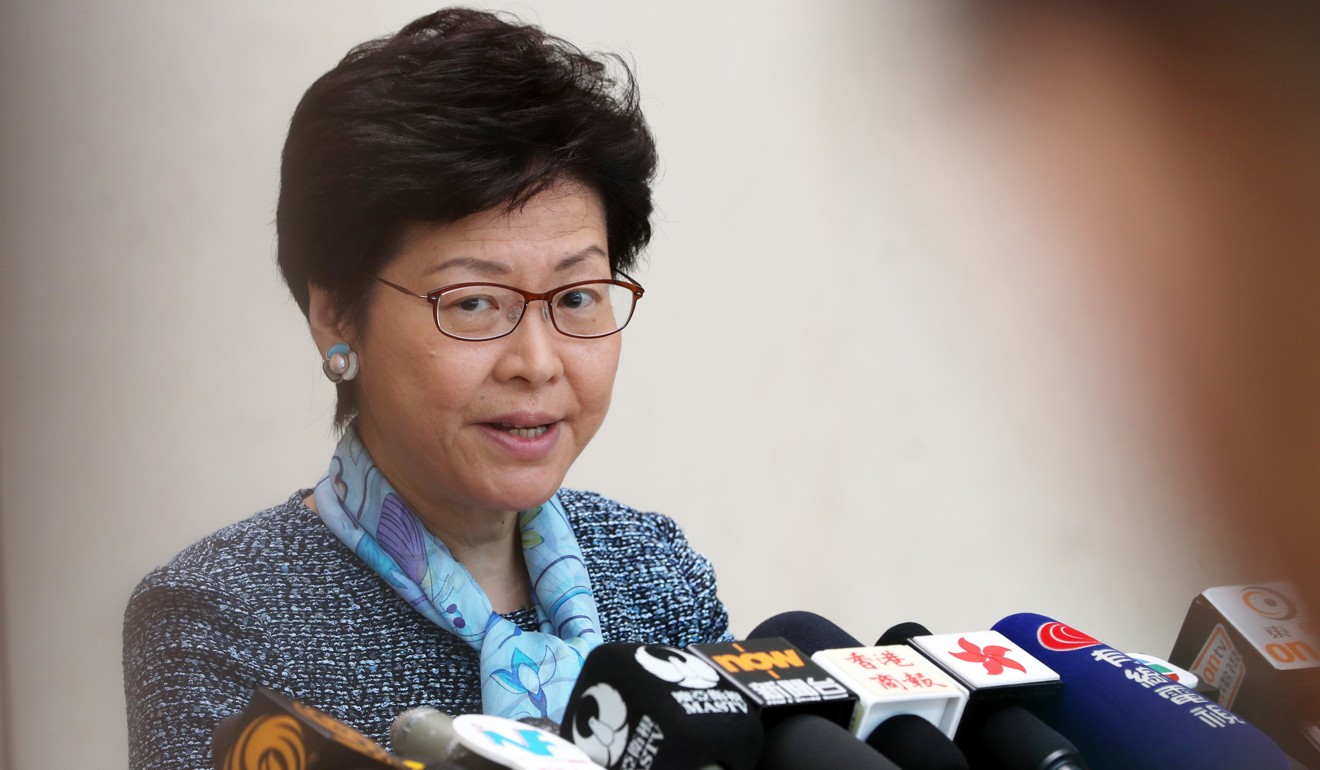
Shorter operating agreement for Guangzhou-Shenzhen-Hong Kong Express Rail Link has benefits, undersecretary for transport says
Dr Raymond So comments on news that original proposed 50-year deal between the government and MTR Corp could soon be shortened to just 15 years
A shorter agreement between the government and the MTR Corporation on the operation of the cross-border high-speed rail link will allow for more flexibility for both sides to maximise its benefits, a top transport official said on Tuesday.
Dr Raymond So Wai-man, undersecretary for transport and housing, pointed out the advantages of striking a shorter agreement with the rail giant over the running of the HK$84.4-billion (US$10.7 billion) Guangzhou-Shenzhen-Hong Kong Express Rail Link as former rail boss and lawmaker Michael Tien Puk-sun said the agreement would soon be shortened to 15 years instead of the originally proposed 50 years.
Plagued by years of delays and budget overruns, the potential profitability of the line has also been mired in controversy and mystery.
“I understand that the MTR Corp doesn’t want to take longer-term responsibility over the replacement of the high-speed rail assets such as trains and other facilities. The cost of which will be huge and will affect its profitability,” Tien said, quoting insider sources.
“In order not to bear the asset replacement cost, the MTR has demanded that the operating agreement’s term be shortened to 15 years,” he said, adding that the rail firm still needed to cover the maintenance and repair costs and the payroll bill.

“I am afraid I can’t disclose any details today … We need to finish all discussions and we’ll have an overall revealing,” she said.
However, Lam emphasised that the economic benefits brought about by the link could not be measured as some were “intangible” benefits such as the saving of travelling time and the boost in tourism.
Photos show more water seepage on Guangzhou-Shenzhen-Hong Kong Express Rail Link but MTR insists line will open in September
Responding to the possibility of a shortened operating agreement, So weighed in saying that a short-term agreement had its own advantages.
“A short-term agreement can indeed generate some operational benefits. It can allow flexibility for both parties to assess the link’s operation in a timely manner so they can make improvements. For a long-term agreement, it won’t have such flexibility,” he said.

So added that the government needed to take into account a range of factors for striking the deal with the MTR Corp to achieve maximised operational benefits.
Besides the term of the agreement, Tien said both sides agreed to adopt a 15 per cent threshold for the link’s operating cost that would lead to either a government subsidy or profit-sharing with the government.
For example, the operational cost of the express railway is estimated to be HK$1 billion per year. Once the annual revenue hits 15 per cent below HK$1 billion – HK$850 million – the government needs to provide a subsidy of at least HK$120 million, or 80 per cent of the deficit, for the MTR Corp.
Hong Kong judge rejects bid to halt controversial joint-checkpoint plan for high-speed rail link, citing HK$553 million monthly cost
But, if the railway made HK$1.15 billion a year, the government would take about 80 per cent of the HK$150 million profit, leaving HK$30 million to the rail operator.
The link will provide passengers with a direct route from the West Kowloon terminus to Shenzhen, Futian, Humen and Guangzhou – four cities in neighbouring Guangdong province – and to 14 major cities such as Beijing, Shanghai and Kunming.
In a government forecast in 2015, the rail link was expected to generate a daily patronage of 109,200 this year.

